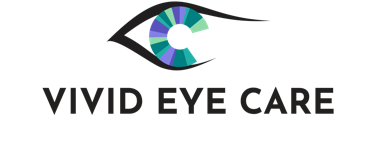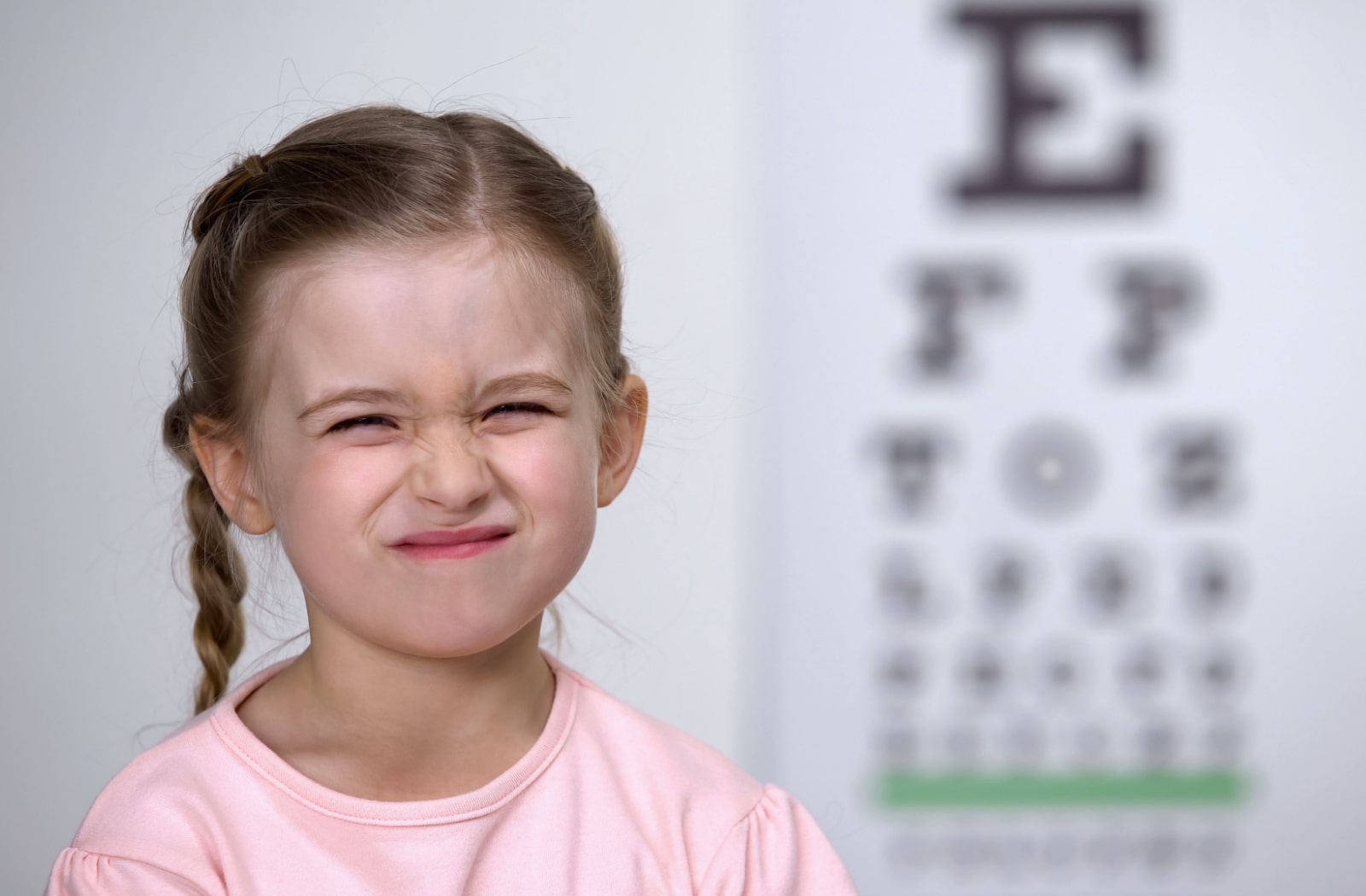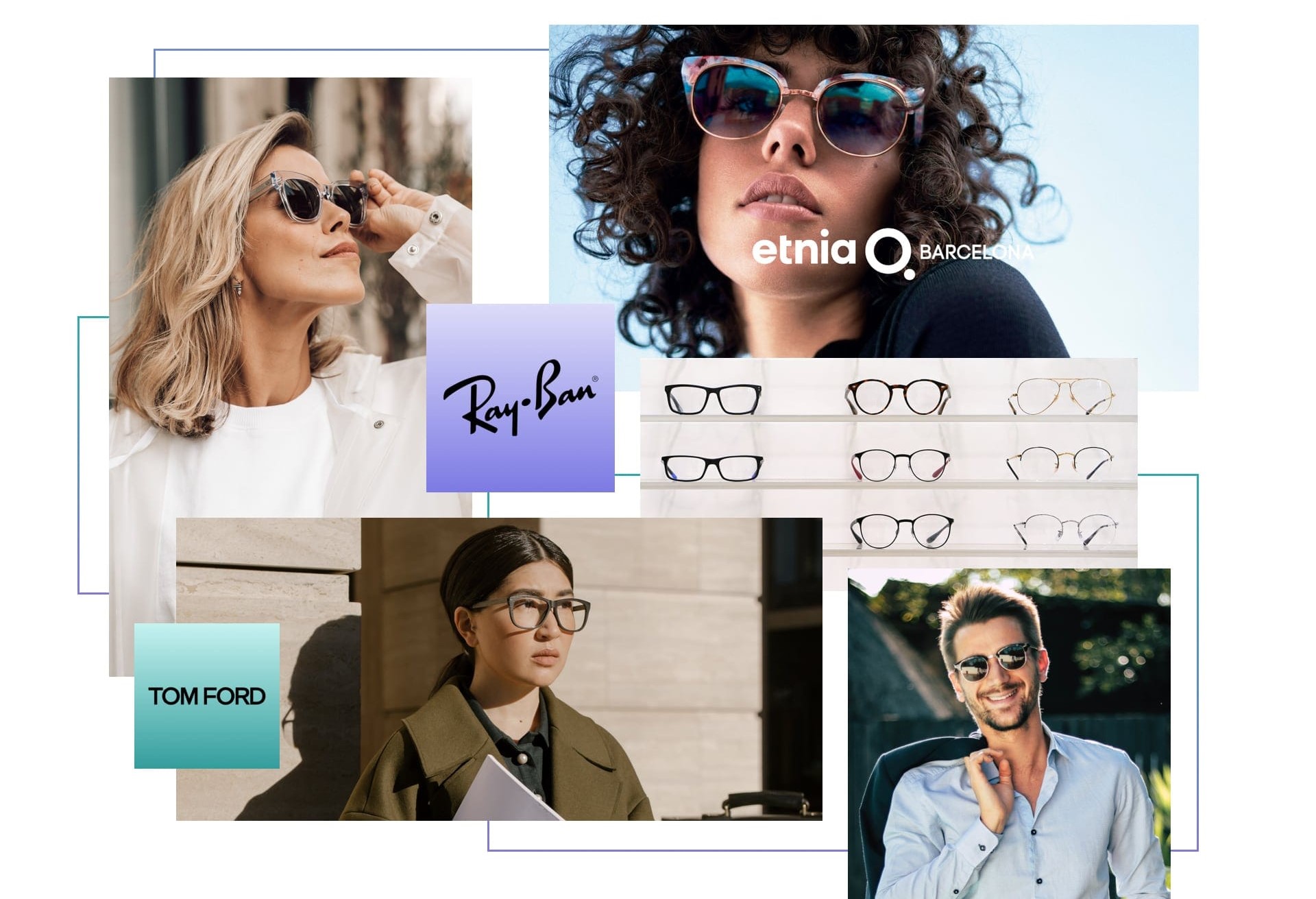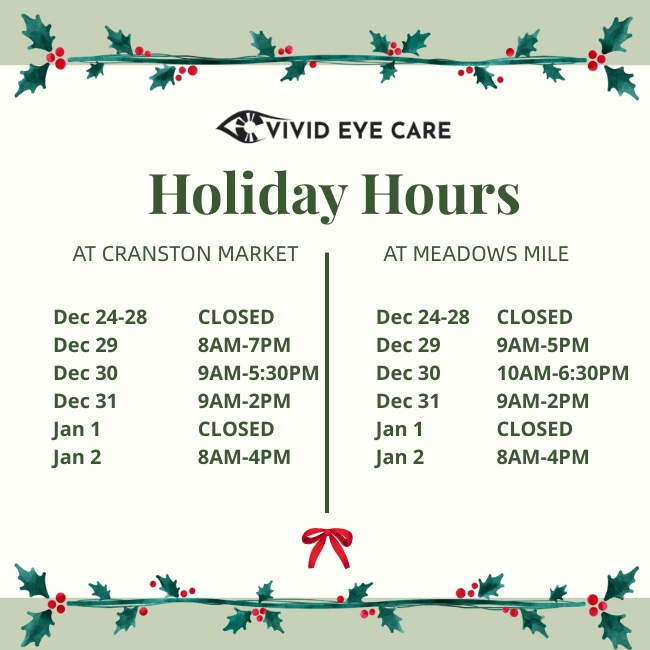Myopia, also known as nearsightedness, is a common refractive error that affects many individuals worldwide. It is characterized by difficulty seeing objects that are far away, while close objects can be seen clearly. Myopia is caused by the shape of the eye, where light focuses in front of the retina instead of directly on it.
There are several ways to manage myopia, such as wearing glasses or contact lenses, undergoing refractive surgery, and practising good eye habits. However, there are currently no known methods to reverse myopia completely.
Understanding Myopia Progression
Myopia can develop during childhood and continue to worsen until the early 20s. Studies have shown that myopia progression is linked to certain risk factors, including:
- Age of onset: Early onset of myopia is associated with a higher risk of progression.
- Level of myopia: The higher the degree of myopia, the more likely it is to progress.
- Ethnicity: People with East or Southeast Asian ancestry are more prone to developing and progressing myopia.
- Family history: Having one or both parents with myopia increases the likelihood of progression in their children.
- Prolonged near work: Activities that require prolonged use of the eyes for close-up tasks, such as reading and using electronic devices, can contribute to myopia progression.
- Lack of outdoor time: Spending more time indoors and less time outdoors has been linked to an increased risk of myopia progression.
Signs of Myopia Progression
As myopia progresses, individuals may experience the following symptoms:
- Blurred vision when looking at distant objects
- Headaches or eye strain after prolonged visual tasks
- Squinting or straining to see things clearly
If left unmanaged, myopia can lead to more severe complications such as retinal detachment, cataracts, and glaucoma.

Managing Myopia
While there is no known cure for myopia, some methods have been shown to slow down its progression.
Atropine Eye Drops
Atropine is a medication that works by temporarily paralyzing the muscles in the eye responsible for controlling the shape of the lens. This allows the eye to relax and reduce stress on the retina, potentially slowing down myopia progression.
Orthokeratology (Ortho-K)
Ortho-k involves wearing specially designed gas-permeable contact lenses overnight, which temporarily reshape the cornea and correct myopia. This method has been found to be effective in slowing down myopia progression in children.
Specialty Glasses
Myopia control glasses use specially designed corrective lenses to significantly reduce the strain associated with focusing. These lenses are clear in the centre, have areas of “soft focus” in the periphery, and are effective in slowing myopia progression.
Specialized Soft Contact Lenses
Myopia control contact lenses, like MiSight, are specialized contact lenses designed to correct nearsightedness (or farsightedness) using different powers in different zones of the lens. These lenses are effective in slowing myopia progression by creating peripheral blur to slow eye growth.
Behavioural Interventions
Practising good eye habits, such as taking regular breaks from near work and spending more time outdoors, can help slow down myopia progression. Additionally, limiting screen time and maintaining a healthy diet rich in nutrients that support eye health may also be beneficial.
Prevention Is Key
While these methods may provide some relief for those with myopia, the most effective way to combat it is through prevention. This may include:
- Scheduling regular eye exams to detect vision changes early on—we start screening children for myopia at 5 years old
- Limiting screen time and taking frequent breaks when using digital devices
- Encouraging children to spend more time outdoors, as studies have shown a correlation between increased outdoor time and reduced risk of myopia development
- Maintaining a healthy diet rich in nutrients that support eye health, such as vitamin A, vitamin C, and omega-3 fatty acids
Vivid Eye Care also has advanced diagnostic equipment to measure (axial) eye length to 0.01mm to diagnose myopia earlier than possible. This is why taking your child to regularly scheduled eye exams is important—we can detect the risk of myopia before their vision even starts to blur.
By promoting healthy eye habits and incorporating preventive measures into your daily life, you can reduce the risk of myopia development and progression.
The Importance of Regular Eye Exams
As mentioned earlier, scheduling regular eye exams is crucial in detecting any vision changes early on. This is especially important for children, as their eyes are still developing and can change quickly. By spotting any abnormalities or potential issues early on, interventions such as myopia control lenses can be prescribed to help slow down myopia progression.
Additionally, regular eye exams also allow for the detection of other eye conditions that may coexist with myopia, such as astigmatism or strabismus. Early detection and treatment of these conditions can help prevent further vision problems in the future.
Preventing Myopia & Promoting Eye Health with Vivid Eye Care
Myopia is a common condition that affects a large portion of the population, especially in urban areas where screen time and near-work activities are prevalent. However, by implementing healthy eye habits and scheduling regular eye exams, we can prevent or slow down the development of myopia.
At Vivid Eye Care, we are committed to promoting good vision and eye health. Our experienced optometrists can provide comprehensive eye exams and offer advice on how to maintain healthy eyes for many years to come. Take the first step in protecting your vision by scheduling an appointment with us today.






















